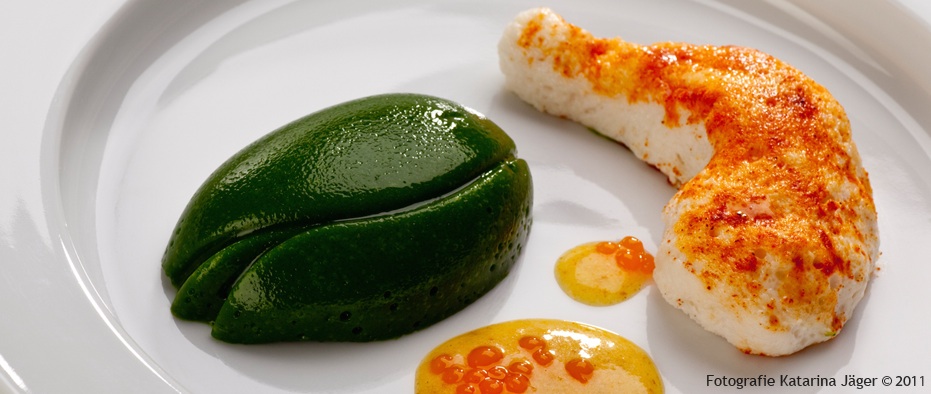A European project hopes to develop a way to 3D print pre-made meals for elderly folks.
The work begins with a survey of individual needs done with mobile device and uploaded to a database. QR codes track the plate through its production and delivery. Natural foods are minced to a state suitable for 3D extrusion. Meals are “printed” at central 3D food printing factories, which freeze and seal the plates for successful reheating upon delivery. Reheating is accomplished by placing the frozen plate inside a special “pod” and then microwaved. The pod presumably acts to reflect microwaves to provide more efficient heating.
This European project hopes to launch in Denmark, Austria, Italy, Germany and The Netherlands.
Ok, we can hear you already. Who would want to eat extruded mush, especially mush that’s been frozen and reheated. It sounds perfectly awful!
But it turns out there are people for which this is actually necessary. Many elderly people have trouble eating. In particular chewing and swallowing can be so difficult as to frequently discourage the person from eating at all, leading to further degradation of their condition due to insufficient nutrients. The PERFORMANCE project (which by the way, awkwardly stands for: PERsonalized Food using Rapid Manufacturing for the Nutrition of elderly ConsumErs; Please stop us immediately if we ever try to acronymize something in that manner) provides a number of other benefits due to the nature of 3D printing tech:
- Individual meal composition is based on specific personal needs. Larger people, larger portions, or increased amounts of specific nutrients, for example.
- Taste & Texture are set to the person’s desires
- Available at nursing homes or even at home if the elder is cared for at a residence.
This type of food is probably not for you.
Yet.
Via PERFORMANCE


